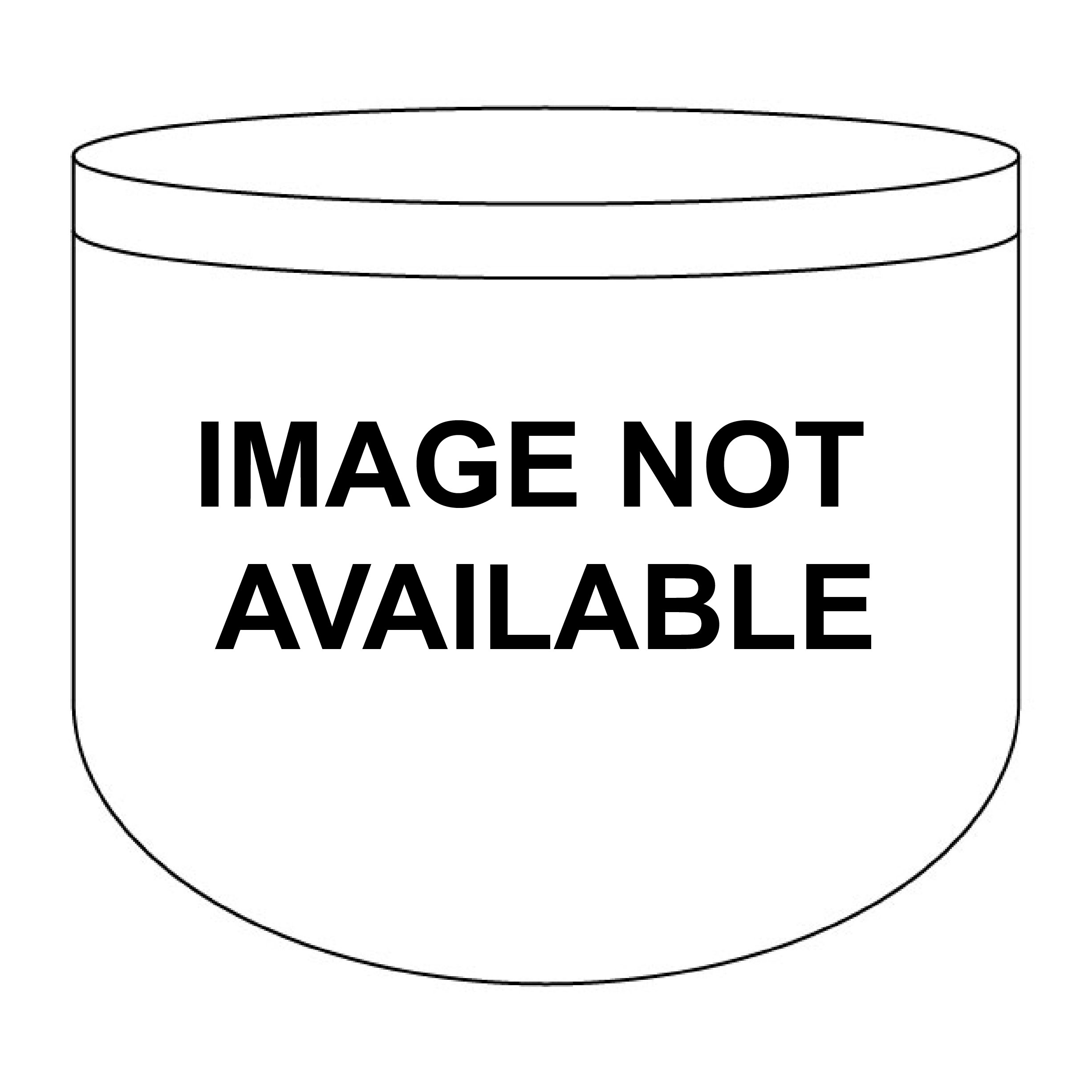Mukheitem nr. Jabaliyah / Mukheitem al-Jabliya
Results: 6 records
animal - mammal - elephant
symbol - the four rivers of paradise (springing from a fountain) - Gihon
INFORMATION
FontID: 03485MUK
Object Type: Baptismal Font3
Church/Chapel: Mukheitem archaeological site
Country Name: Israel? / Palestine?
Location: Qita Ghazzah / Gaza
Directions to Site: Archaeological site of Mukheitem, commune of Jabaliyah, on the road between Erez and Gaza city, 3 km inland.
Font Location in Church: Northern part of the complex
Date: 548 / 549 A.D.
Century and Period: 6th century, Early Christian
Font Notes:
Click to view
This Early Christian complex was discovered in 1966 during road works between Erez and Gaza city; at the north end of the site was found a baptistery, about 8.5 m square. The outer area, all covered in beautiful mosaics of Byzantine influence, takes up about 2/3 of the surface; the central part, about a third of the surface, had a large ciborium of which only the four corner stones and the four column bases remain; in the centre of this formerly covered area was the square basin of which only the shape remains. The ornamentation of the floor mosaic is described by Humbert et al. (Gaza, 2000, p. 124-125) as having at the angles exotic animals separated from each other by "bouquets d'arbres aux fruits éclatants"; of one elephant only the back, the end of the trunk and one foot remain; on the right side the archaeologists managed to restore the leg of a zebra and the body of a giraffe; to either side of the font there were two panels with rose bushes and two half-preserved human figures: on the right the bust of an old man with a white beard and leaves in his hair, while on the left, there is the bust of a naked and buxom woman, water gushing forth from her breasts; both these figures emerging out of the wavey waters and identified in the source as two of the rivers of Paradise by the partial inscriptions, PHISON next to the old man and GE [i.e., GEON, the Nile] by the woman. Of the other two rivers and the figures representing them only an image of a wave remains now. The same source informs that another inscription carries the name of the mosaic artists, Victor and Kosmas, both from nearby Ascalon, who composed it in the year 548/549. The area outside the ciborium is covered in multi-patterned mosaic, all non-figural geometric patterns.
MEDIUM AND MEASUREMENTS
Material: stone, mixed (calcareous stone, mosaic, etc.)
Font Shape: square (variant)
Basin Interior Shape: square
Basin Exterior Shape: square
INSCRIPTION
Inscription Notes: cf. font notes
Inscription Location: cf. fonts notes
Inscription Text: cf. font notes
Inscription Source: cf. font notes
REFERENCES
Gaza méditerranéenne: histoire et archéologie en Palestine, Paris: Errance, 2000

